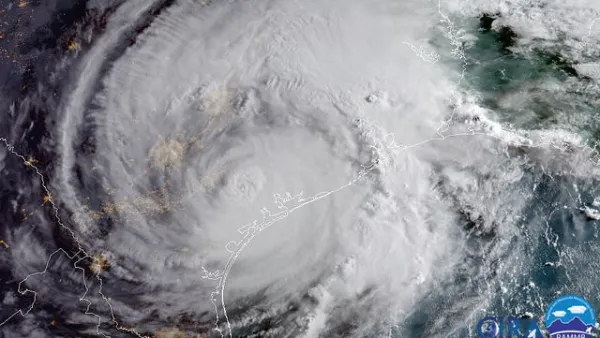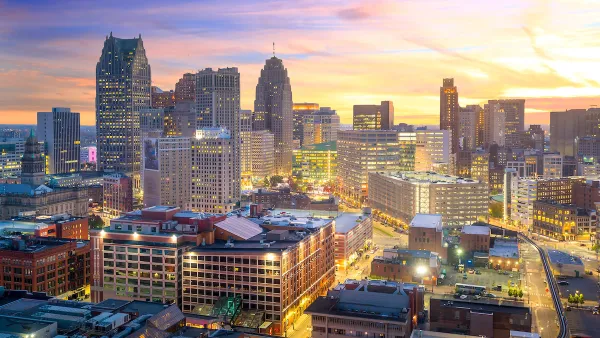More people translates to more emissions, right? Cut back on population growth and you'll reduce emissions and the threat of climate change, along with other environmental woes—it's a no-brainer. Or is it?
Conservation ecologist Corey Bradshaw of the University of Adelaide in South Australia "decided to look into this question of whether trying to reduce the size of the global population would help stave off climate change, the loss of species, and other environmental concerns," writes Chris Mooney of The Washington Post's Wonkblog
The resulting research, just out in the Proceedings of the National Academy of Sciences (PNAS) and co-authored by the University of Adelaide's Barry Brook, seriously challenges the idea that greens ought to be campaigning for population control.
The reason: "(T)he increase in population over the course of the 21st century is 'virtually locked-in'; this means, the authors argue, that population reduction "cannot be argued to be the elephant in the room for immediate environmental sustainability and climate policy."
"No matter what levers you pull, we have such a huge demographic momentum, there’s no way we can rein in the human population fast enough to address sustainability issues in the next century," says Bradshaw.
With only one catastrophic exception, "the result was always the same: We wound up roughly where the U.N. currently projects, or around 10 billion [or 11 billion?] people by 2100," states Bradshaw."
The exception: "6 billion people suddenly killed in a catastrophic war or pandemic; or a sudden, draconian and globally enforced one-child policy -- dramatically changed the trajectory of population growth by 2100," writes Mooney.
Four years earlier, PNAS published a study that appeared to come to a different conclusion on population growth and emissions reduction, posted here. However, for those preaching the virtues of reduced population growth, the report indicates that their findings apply mainly to developing nations as "industrialised countries could see emissions fall by about 20% as a result of ageing populations," according to the BBC.
And even in that 2010 study, the authors warn, "If global population growth slows down, it is not going to solve the climate problem," said lead author Brian O'Neill, a scientist at the US National Center for Atmospheric Research.
FULL STORY: Stop pretending we can fix the environment by curbing population growth

National Parks Layoffs Will Cause Communities to Lose Billions
Thousands of essential park workers were laid off this week, just before the busy spring break season.

Retro-silient?: America’s First “Eco-burb,” The Woodlands Turns 50
A master-planned community north of Houston offers lessons on green infrastructure and resilient design, but falls short of its founder’s lofty affordability and walkability goals.

Delivering for America Plan Will Downgrade Mail Service in at Least 49.5 Percent of Zip Codes
Republican and Democrat lawmakers criticize the plan for its disproportionate negative impact on rural communities.

Test News Post 1
This is a summary

Test News Headline 46
Test for the image on the front page.

Balancing Bombs and Butterflies: How the National Guard Protects a Rare Species
The National Guard at Fort Indiantown Gap uses GIS technology and land management strategies to balance military training with conservation efforts, ensuring the survival of the rare eastern regal fritillary butterfly.
Urban Design for Planners 1: Software Tools
This six-course series explores essential urban design concepts using open source software and equips planners with the tools they need to participate fully in the urban design process.
Planning for Universal Design
Learn the tools for implementing Universal Design in planning regulations.
EMC Planning Group, Inc.
Planetizen
Planetizen
Mpact (formerly Rail~Volution)
Great Falls Development Authority, Inc.
HUDs Office of Policy Development and Research
NYU Wagner Graduate School of Public Service




























